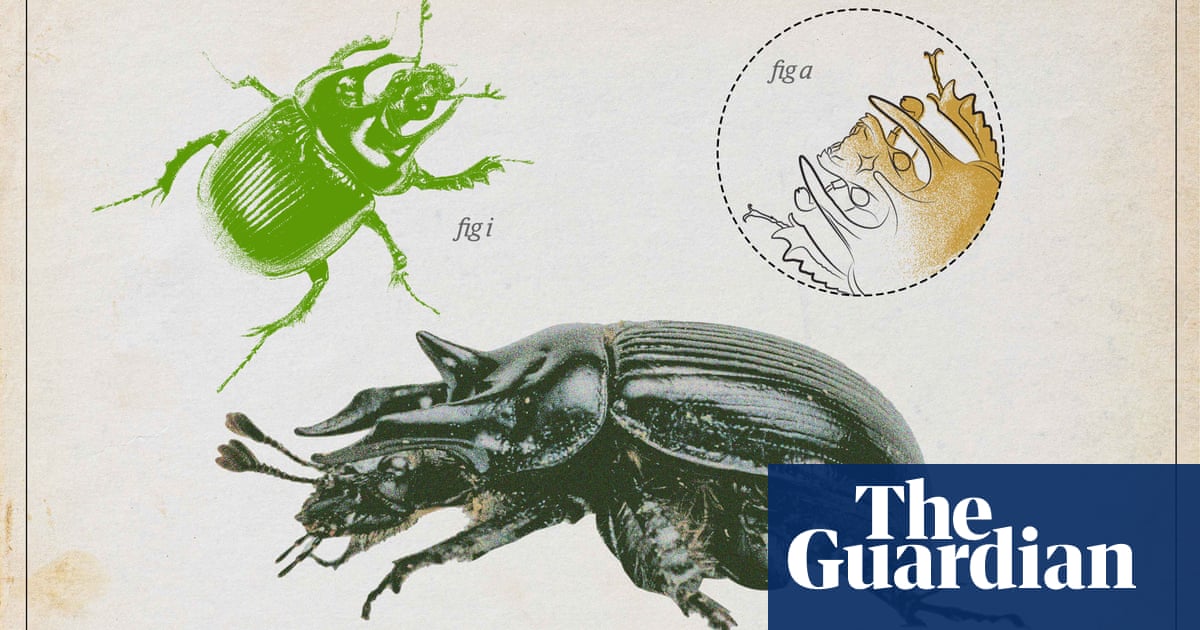If you’re a what-have-they-ever-done-for-us? sort of voter, you will be won over by the minotaur beetle. It’s as spectacular as any beetle, the shiny black male sporting three bullish horns on their thorax. But the minotaur is also one of that great hidden army of invertebrates who keep our planet functioning – clean and fertile – without us even knowing.
The minotaur is a dung beetle and roams across grassland and heathland at night devouring mammalian droppings.
There are more than 5,000 species of dung beetles across the world and they are a crucial “keystone” species because they bury dung in the ground to feed their young – cleaning up, recycling nutrients, fertilising the soil and helping to disperse seeds. One study estimates the value of dung beetles clearing British pastures and fertilising soils to be £367m a year.


